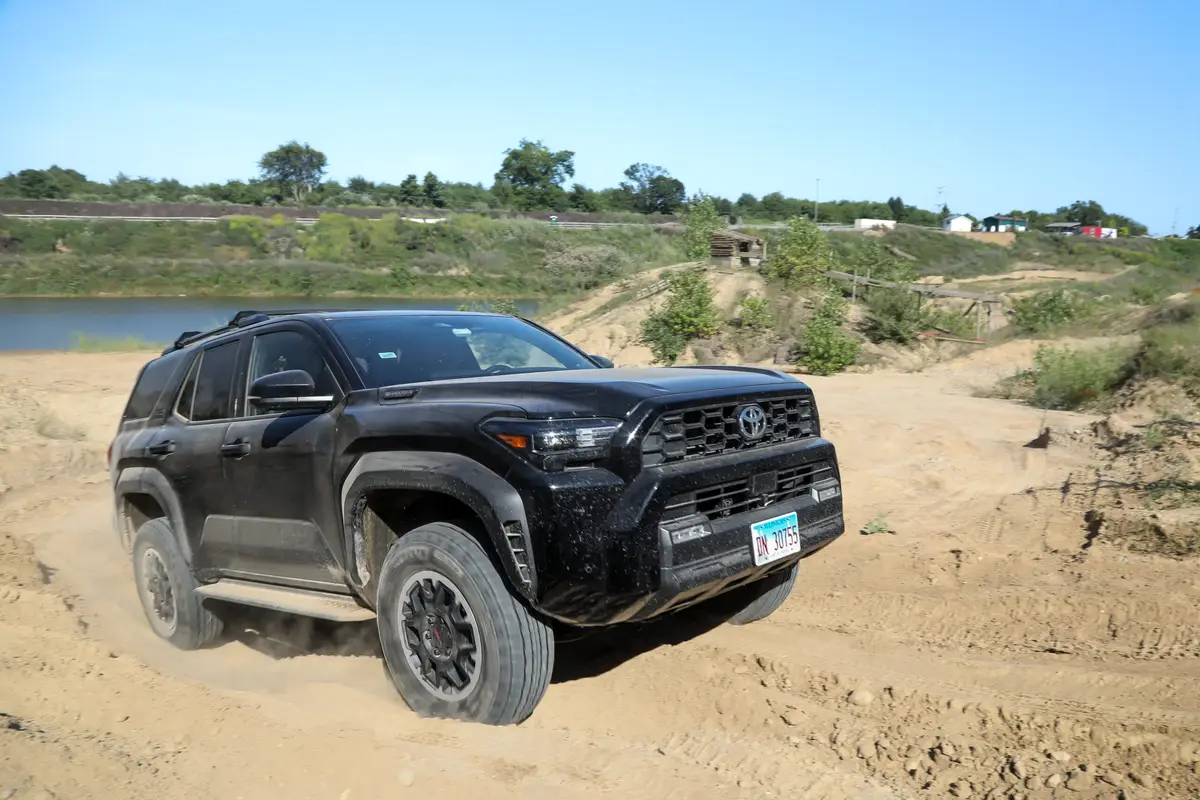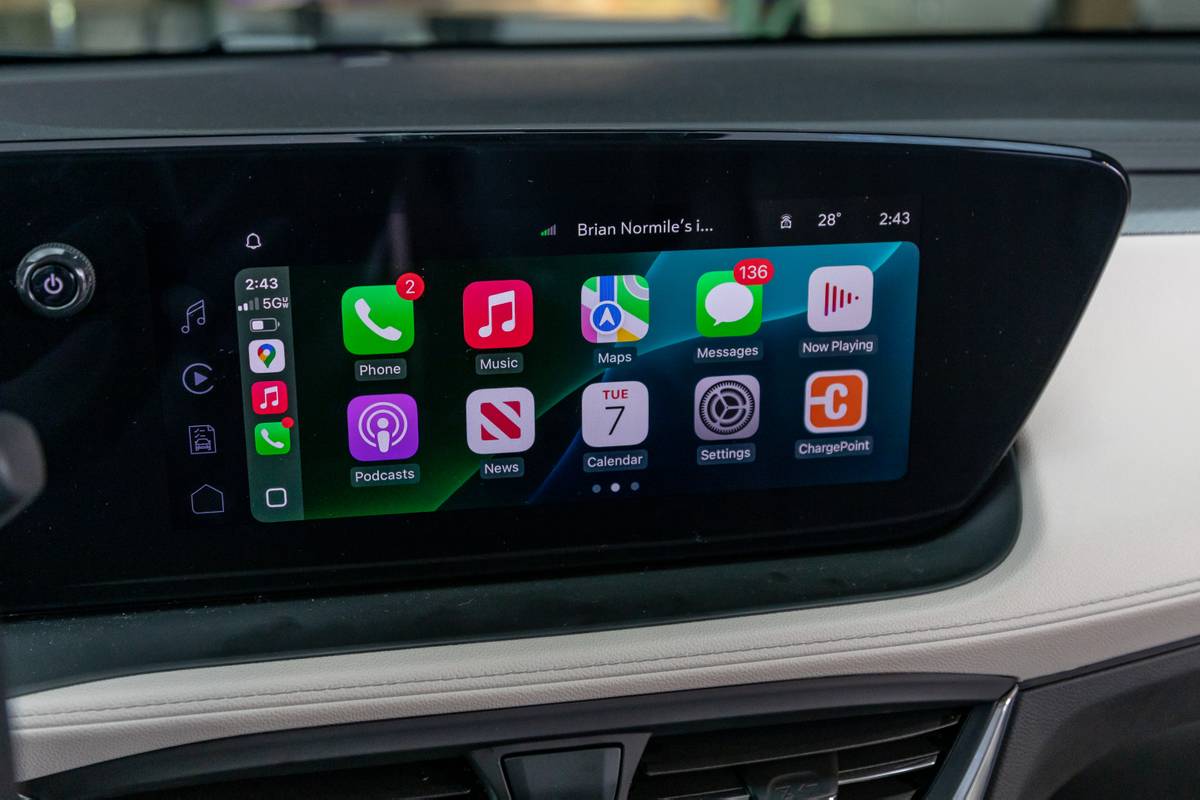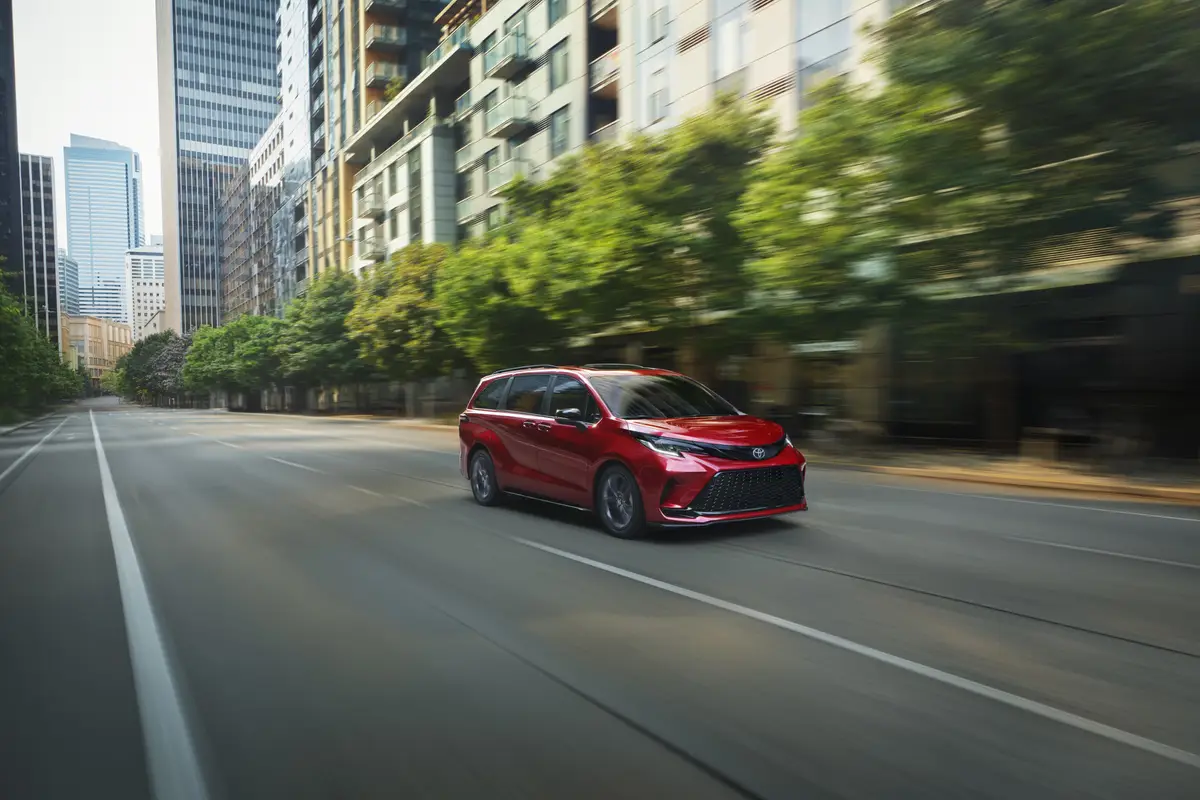chicagotribune.com's view
Altima. Lousy name for a decent car.
What does “Altima“ mean? Perhaps “to the rescue,“ because Nissan seems to be pinning its hopes on this one new entry in its 1993-model lineup.
For years the Nissan Stanza labored under a double whammy. Not only was the name confused with the smaller Sentra, but both models were involved in the silly Datsun/Nissan switch that to this day has some people pulling their hair. So, to resolve some of the confusion, Nissan simply gave the Stanza`s replacement a new moniker, Altima.
However, because a new car with a new name has to develop a good track record before insurance companies honor it with favorable premiums, Nissan kept the Stanza name as a decal on the rear end to take advantage of the old car`s insurance rates.
Altima is supposed to cure Nissan`s ills like some magic sideshow elixir. The problem with Nissan`s fuss over the Altima`s healing power is that it puts too great a burden on one car line. It puts too much pressure on Altima to be the culmination of what Nissan hopes to be new-found success. Rather, Altima should be the first car in a revamping of the entire lineup to help lead Nissan out of sales doldrums.
Altima should be evidence that other good cars are coming, not that this is the best Nissan can do.
We test-drove the Altima SE sedan and found it a solid replacement for the Stanza. It`s wider, roomier, more comfortable and far more quiet, with an absence of squeaks and rattles-rounded, aerodynamic body panels abate noise. And it`s a peppy performer, thanks to a new engine.
The 16-valve, 2.4-liter, four-cylinder engine develops 150horsepower. A five-speed manual transmission is standard, a four-speed automatic optional. Our test car came with the manual, a fairly smooth short-throw unit. Good pep, but not a powerhouse. It gets a decent mileage rating of 24 m.p.g. city/30 highway with the five-speed, 21/29 with automatic transmission.
The four-wheel independent suspension with front and rear stabilizer bars features“ Super Toe Control,“ which has nothing to do with dancing, though it does mean the rear wheels perform a “toe-in“ response, pointing inward to provide better stability in lane changes, aggressive cornering or hard braking.
The Altima didn`t stub its toes in the test-drive. We found little irritation, annoyance or distraction from the suspension system. Altima stays within the allotted lines. However, we drove the Altima SE in good weather, which is best-suited for its footwear-“summer“ tires, rather than the all- season radials offered on the XE, GXE and GLE versions of the car. Summer tires may be fine for San Diego; they aren`t meant for a Chicagoland winter.
Nissan says that because the SE is the sports version of the Altima, it was equipped with the sportiest treads. However, buyers can opt for all-season tires as a no-cost option. You should drive the SE in the summer only, keep a set of all-seasons on spare wheels to mount each fall or get the all-seasons to begin with and not fool with seasonal changes.
Should you stay with the summer tires year `round, Super Toe Control notwithstanding, be prepared to learn a few dance moves when snow covers the pavement.
Nissan bills Altima as a midsize sedan. That`s stretching the description a bit more than the dimensions allow. (And, speaking of dimensions, why not make the armrests in the doors smaller and reposition the power-window controls elsewhere to provide more thigh room.) Altima is built on a 103.1- inch wheelbase and is 180.5 inches long. Considering that the Honda Accord, a true midsize model, is built on a 107.1-inch wheelbase and is 185.2 inches long, in our opinion the Altima is a compact like the Chevrolet Corsica, which is built on a 103.4-inch wheelbase and is 183.4 inches long.
The Altima is far more attractive than the nondescript Stanza, thanks in part to a deck-lid spoiler. But with its new aero look you`d be hard-pressed to distinguish an Altima from a Lexus from an Accord from an Infiniti from a . . . well, you get the point. From the side you can`t tell an Altima from any other Japanese car, now that they all seem to use the same styling studio.
The base price of the XE is $12,999, the GXE $14,024 and the top-of-the- line GLE $18,349. The SE we drove starts at $16,524.
Standard equipment includes a driver-side air bag (a passenger-side air bag isn`t available), power brakes (anti-lock brakes are a $1,195 option with viscous limited-slip differential) and steering, air conditioning, tinted glass, AM/FM stereo with cassette and power antenna, power windows, power locks, dual power mirrors, rear-window defroster, side-window defoggers, digital clock, rear center armrest that includes a space to hold skis inside the car, leather-wrapped steering wheel (with limited tilt) and gearshift knob, cruise control (in a poor location on the steering-wheel hub), intermittent windshield wipers, dual cupholders that slide from the dash, remote trunk and fuel-filler door releases, passenger-side visor vanity mirror, trip odometer, aluminum-alloy wheels and cornering lamps. A power moonroof is an $825 option.
As we said, this is a good car. Based on Nissan`s promotion of it, the automaker would have you believe it is Dodge Viper-like in its ability to draw crowds. Altima is more like the Cadillac Seville STS, a car that shows the public that after years of mediocrity, the automaker has gotten serious.
Latest news



